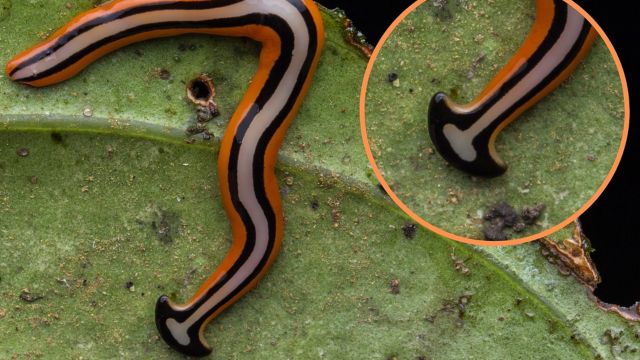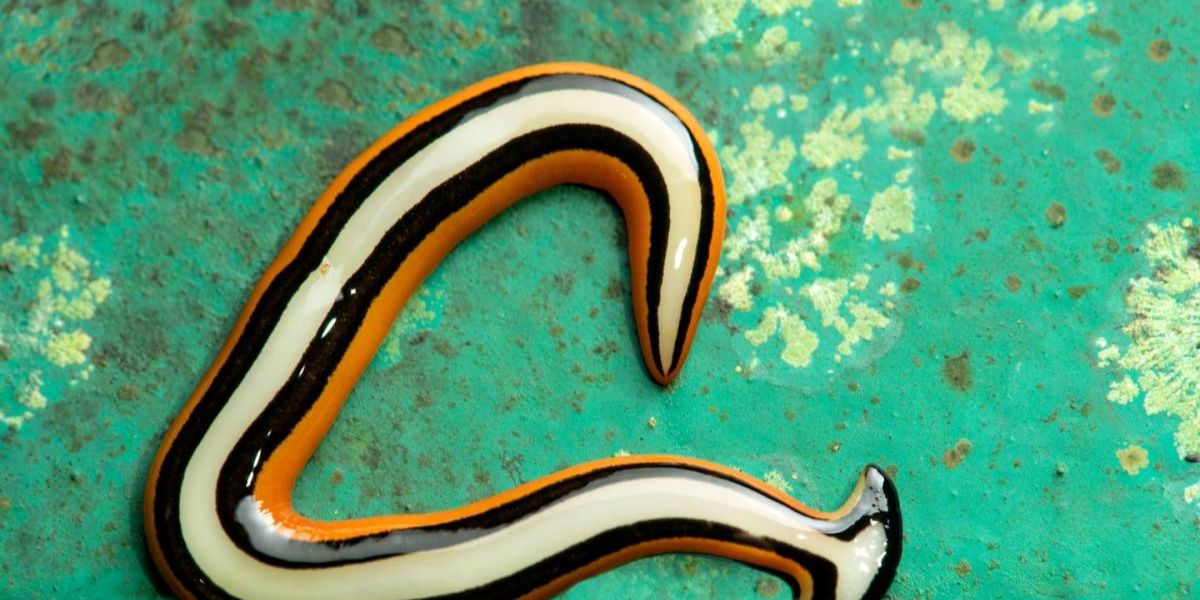MJP –
Texans are facing an invasion of vile, poisonous hammerhead flatworms that can regrow from a cut in half.
That’s accurate. Popular Mechanics reports that, interestingly enough, any flatworm may be split in half and transformed into two new flatworms with the same genetic code.
The invasive hammerhead flatworms have made an appearance on roads, patios, and sidewalks after Hurricane Beryl and other storms ravaged Southeast Texas this year, flooding their underground homes.
They can reach a length of fifteen inches, with “snake-like” bodies, according to the Texas Invasive Species Institute (TISI).
Since they are a “known predator of earthworms that are necessary for the health of our forests, crops, gardens and compost piles,” their presence is particularly problematic.

This species of hammerhead flatworm “secretes chemicals through its skin to make itself noxious to predators and aid in the digestion of earthworms,” according to TISI. In humans, these compounds can irritate the skin, and in domestic mammals, they can irritate the gastrointestinal tract. Plus, a lot of flatworms have parasitic nematodes inside of them.
In light of their remarkable regenerative powers, the Institute advises, “If you see one, be sure to dispose of the whole creature.” Their recommendation is to place it in a plastic bag and then dispose of it.
SEE MORE –
Caution: Texas’s Most Dangerous Woman Remains At Large and Armed
A mixture of lemon juice, salt, and vinegar applied directly to the worm will kill them, according to the Houston Chronicle. I suppose a blowtorch may also do the trick. And explosives, too.
For optimal hygiene after handling these worms, the TISI suggests rinsing with warm soapy water and then applying hand sanitizer.
Virginia Tech entomologist Theresa Dellinger noted last year that the risk of hammerhead worms infecting humans or other animals is minimal because it would be necessary to get the worms’ mucus into the mouth or eyes.
Supposedly introduced to the Americas with horticulture plants at the turn of the twentieth century, hammerhead flatworms were originally from Southeast Asia. The origins of their journey before that are left to speculation, as the TISI refrains from disclosing that information.




